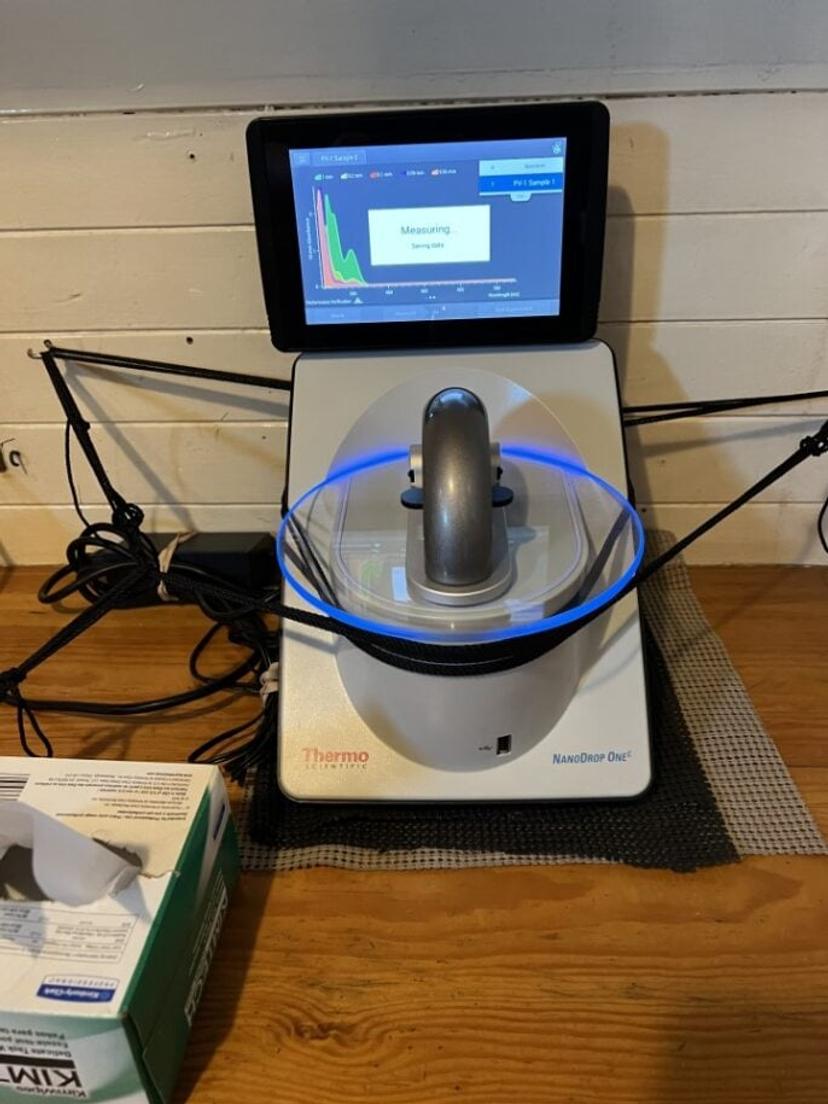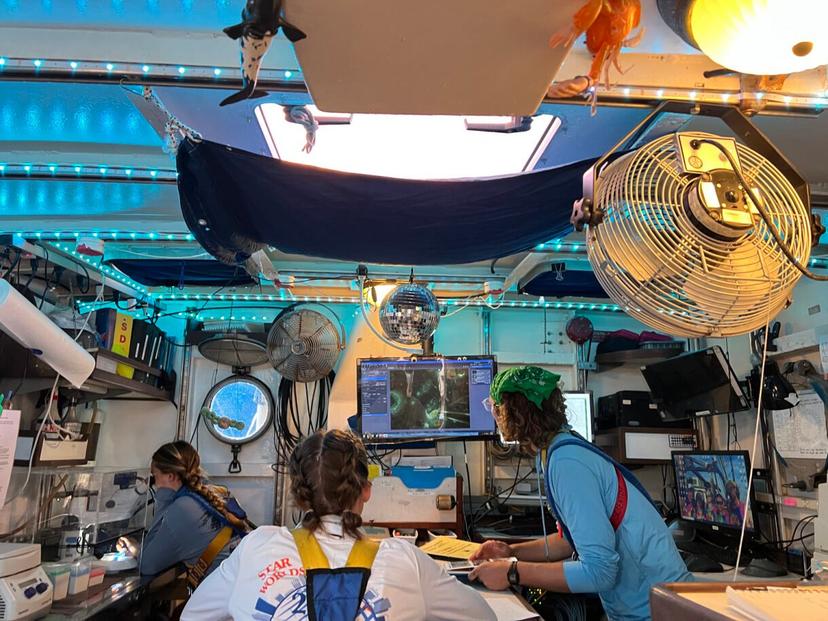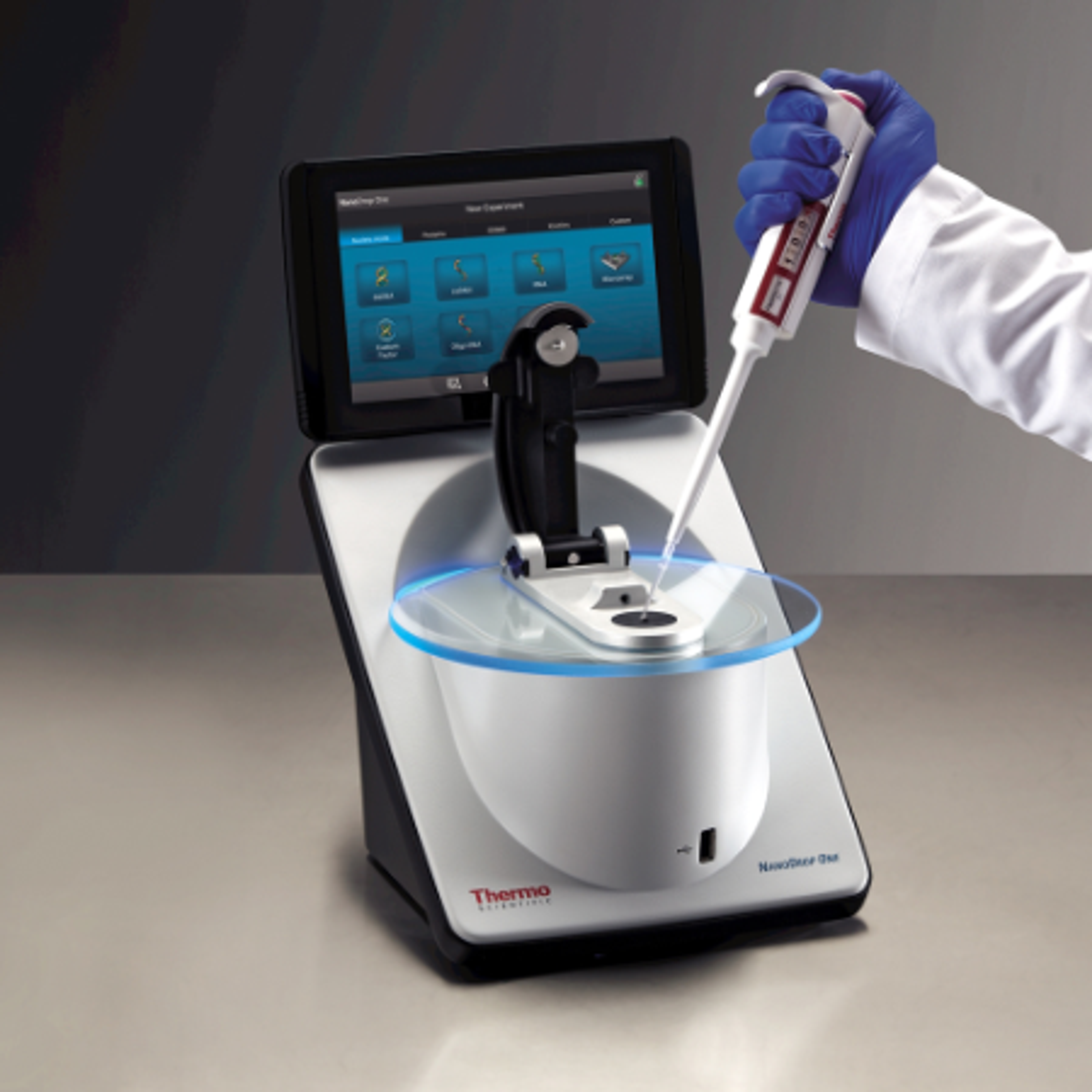Marine research sails into the future with UV-Vis spectroscopy
Dr. Sarah Kingston, Assistant Professor of Oceanography and Chief Scientist for Marine Biodiversity and Conservation at Sea Education Association, discusses the use of UV-Vis spectroscopy in her research and the future of molecular marine research
21 Nov 2023

In marine research, ultraviolet-visible (UV-Vis) spectroscopy can serve as an invaluable tool for analyzing and quantifying various oceanic substances, from detecting minute changes in water quality to studying the molecular responses of marine life to environmental changes. Its precision aids in understanding complex marine ecosystems and the impact of external factors on them.
In the hands of researchers like Dr. Sarah Kingston, the applications of UV-Vis spectroscopy in oceanography and marine science is making waves – both literally and figuratively. This article describes how she is employing UV-Vis spectroscopy to explore and understand the mysteries of our planet's oceans.
UV-Vis spectroscopy is an unparalleled tool in oceanography
Dr. Kingston’s work revolves around the molecular intricacies of marine life and answering important evolutionary questions at sea. "For me UV-Vis spectroscopy is really important for utilizing DNA on board a really remote setting, this ship that's out to sea, for quality control and quantification of DNA", she explains. With the challenges of DNA extraction and sequencing in such remote settings, the value of UV-Vis spectroscopy in ensuring quality and quantity becomes even more pronounced.
Having a reliable means of assessing the quality and quantity of DNA is vital, especially given the precision required for next-generation sequencing. "We're sequencing on the Oxford Nanopore Technologies platform. And so, quality and quantity accuracy is really important to get good sequencing runs,” Dr. Kingston notes.
Unravel the oceans with the NanoDrop

Amidst the myriad of tools available to marine researchers, the Thermo Scientific™ NanoDrop One/OneC Spectrophotometer stands out to researchers like Dr. Kingston. This UV-Vis spectrophotometer, equipped with an integrated LCD touchscreen, streamlines data transfer and efficient sample analysis. Leveraging advanced Acclaro technology, it can swiftly detect contaminants and ensure accurate measurements. With a vast dynamic range, there is no need for dilutions, ensuring precise results every time.
For Dr. Kingston, the NanoDrop is not just another tool in her research arsenal – it is a game-changer. Working aboard a sailing school vessel, traditional, bulky lab equipment can be a logistical nightmare. "We're on a 134 ft sailboat, so, portability is huge," Dr. Kingston emphasizes. “We flew the Nanodrop out to Tahiti, and she lives on the ship now”, she continues.
Beyond its compact design, the NanoDrop offers an intuitive user experience and its role in democratizing molecular work is crucial when training undergraduates in the middle of the ocean. "The ability to have that really useful graphical interface and ease of protocol for teaching is important," she notes. Sea Education Association's approach is rooted in experiential learning, providing undergraduates from a range of colleges and universities with immersive research opportunities during semester and summer programs. And with science happening on board 24/7 in rotating shifts, Dr. Kingston is not always available to guide every process, so an easy-to-use tool becomes paramount. "It's pretty easy to have a protocol and have them be able to follow it and use the friendly graphical interface," she added.
Research in motion
While she identifies primarily as a marine molecular ecologist, Dr. Kingston’s research's scope is vast and boundary-pushing. A considerable part of her interest lies in understanding how organisms adapt to changing ocean conditions, particularly concerning warmer and more acidic waters. Onboard the sailing school vessel, she and her students embark on immersive research expeditions, offering a blend of scientific investigation and experiential learning. Students gain valuable insights into the complete scientific research process, from idea inception to experimental design, to data collection and manuscript development.

Their voyages, ranging from the Atlantic to the Pacific, are more than just exploratory missions. They serve as conduits for long-term data collection, particularly in regions less frequented by research vessels. With cruise tracks like the one from New Zealand to Tahiti, Dr. Kingston's team fills a crucial gap in environmental monitoring.
Overcome challenges of research at sea
Given the unique challenges of conducting research on a sailing school vessel, Dr. Kingston's advice is deeply rooted in her firsthand experiences. The art of securing equipment becomes paramount on a vessel constantly in motion. Given the common 10-20-degree heel experienced onboard, preventing the movement of lab apparatus is essential to maintain the accuracy of analyses. Repetition and protocol are also critical. "It's about protocols, like getting the students up and running on a protocol, and having them do the same technique every time," she remarks.
Achieve high-quality analysis
As we inch towards an era where immediacy is crucial, the demand for efficient, field-ready equipment becomes more palpable. Dr. Kingston's aspirations resonate with this sentiment. She remarks, "I'm really excited as the technology develops for more onsite analysis, like our next-generation sequencing platforms for fieldwork." For Dr. Kingston, the ability to conduct precise research, regardless of the location – be it a state-of-the-art lab or the heart of the ocean – holds immense value.

Dr. Kingston emphasizes the emergence of tools that are not just replicas of their lab counterparts, but are either condensed "mini versions or abbreviated versions" tailored for the field. This flexibility is instrumental to maintaining the rigor of research processes, especially when working in remote, dynamic environments. "Being able to be out in the field... and do QC and quantification is really important to these high-quality DNA-RNA extractions that we're now able to get in the field," she asserts. By enabling the collection of pristine sequence data, UV-Vis spectrophotometry reinforces the foundation of marine molecular studies.
But the versatility of UV-Vis spectroscopy doesn't stop at genetics. The horizon of its applications broadens as the complexities of marine molecular ecology deepen. Dr. Kingston alludes to the burgeoning domain of proteomics, a frontier that is intricate and multi-dimensional, especially when compared to its counterparts DNA and RNA. "Going down the road of proteomic analysis... being able to do some of that analysis in the field would be really exciting," she notes.
In an ever-evolving field like marine research, tools like the NanoDrop are not just instruments but bridges to a deeper understanding of our oceans. Dr. Kingston's work is a testament to the endless possibilities that arise when innovation meets dedication.

